Image Archive







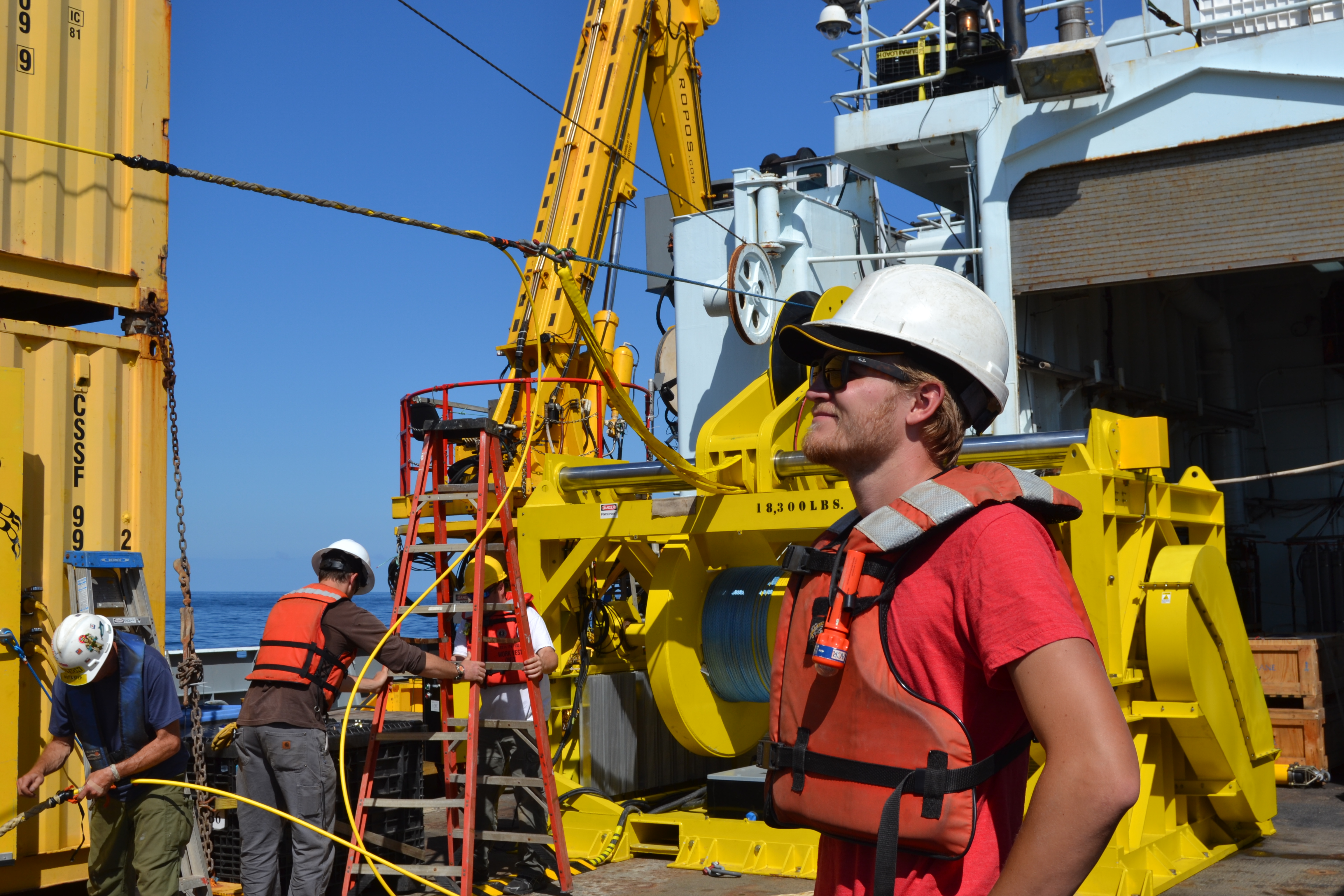


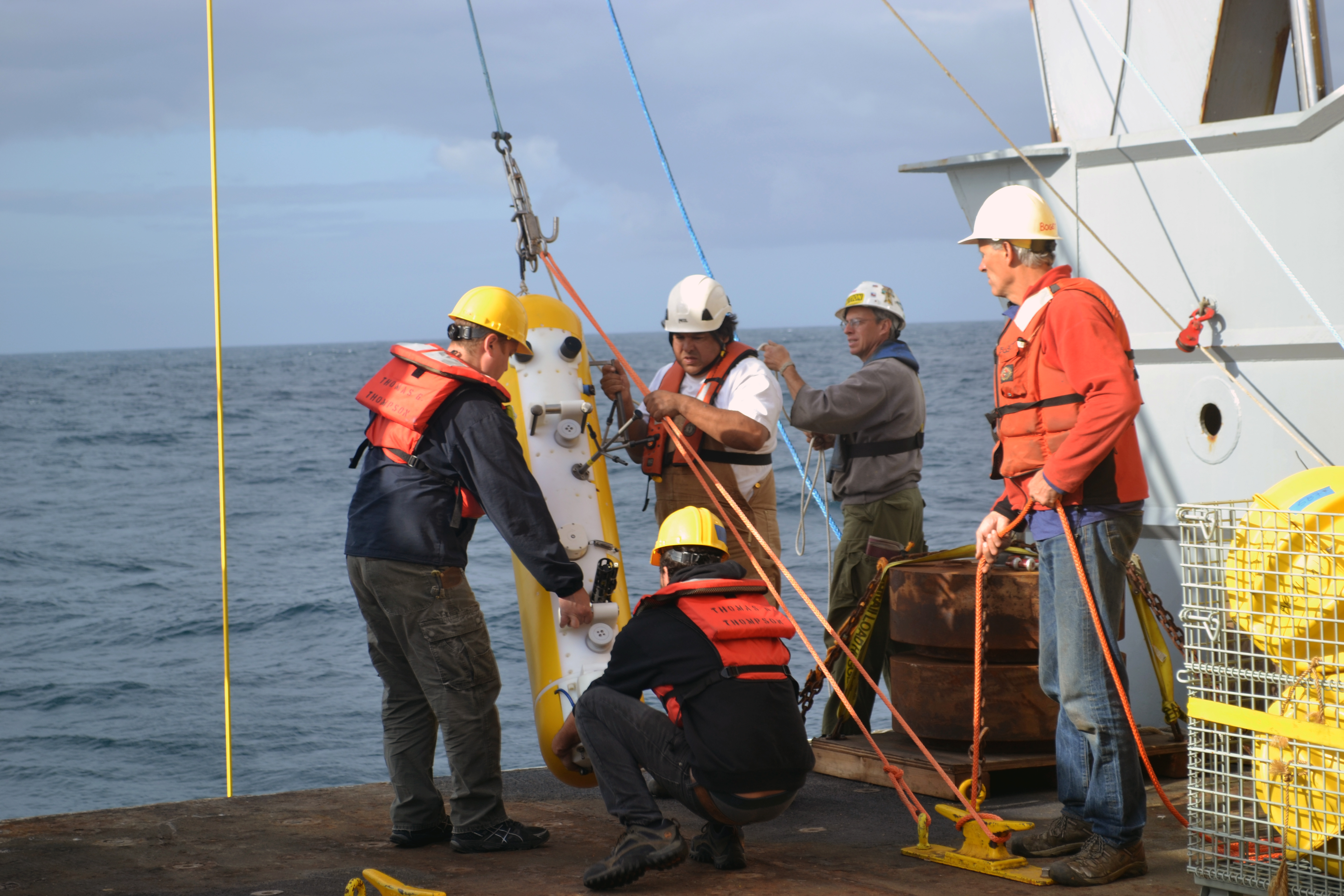

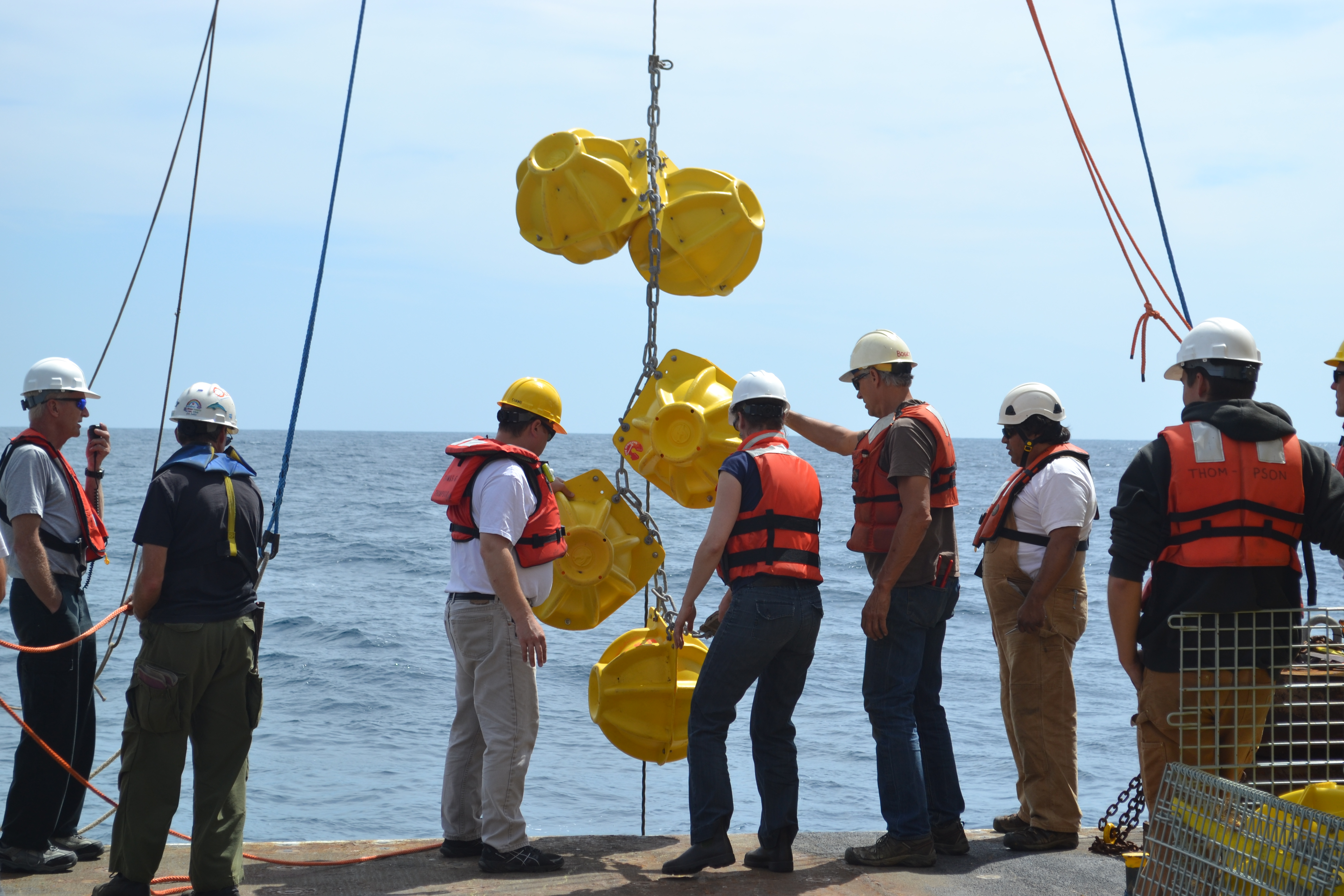




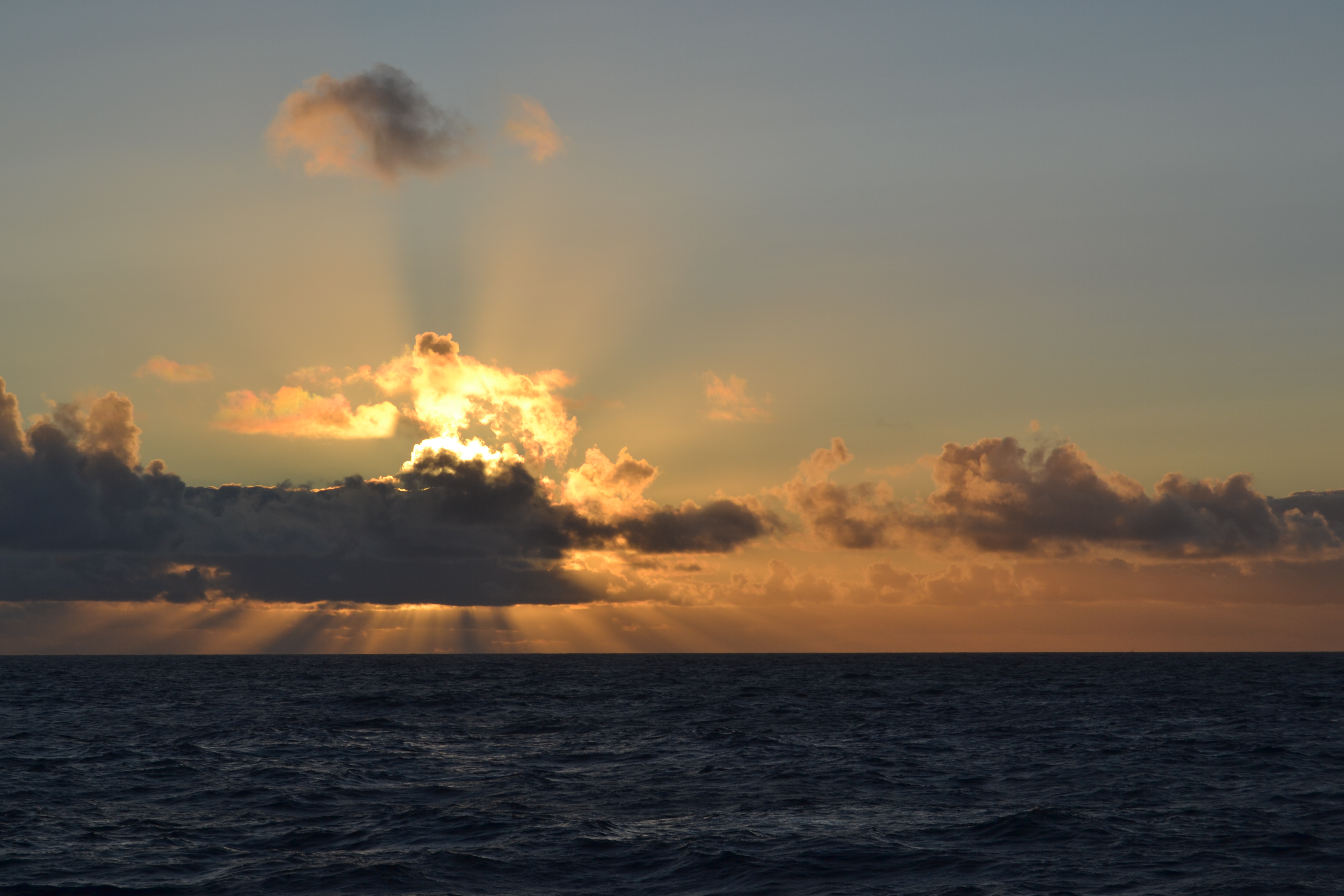



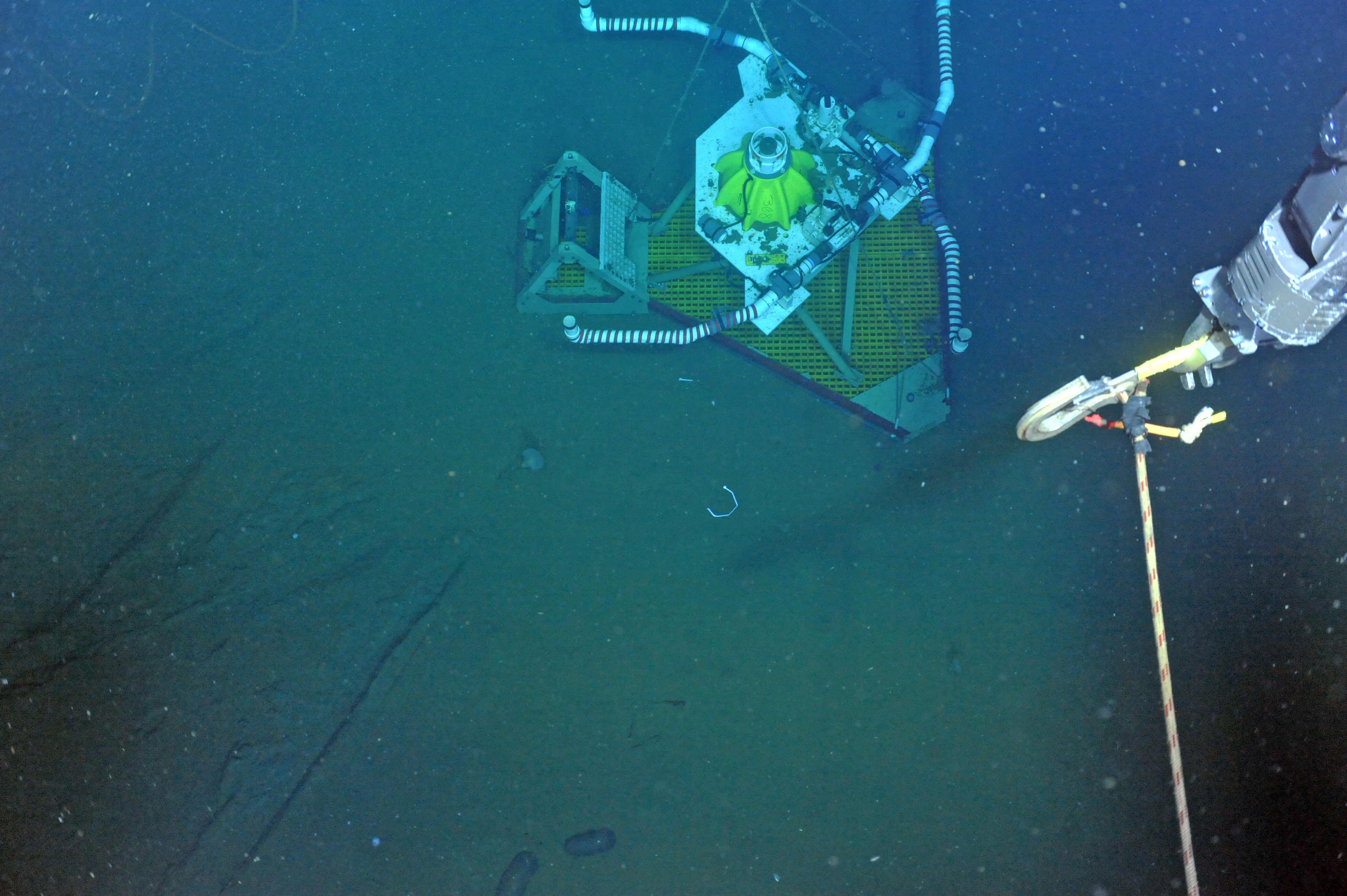

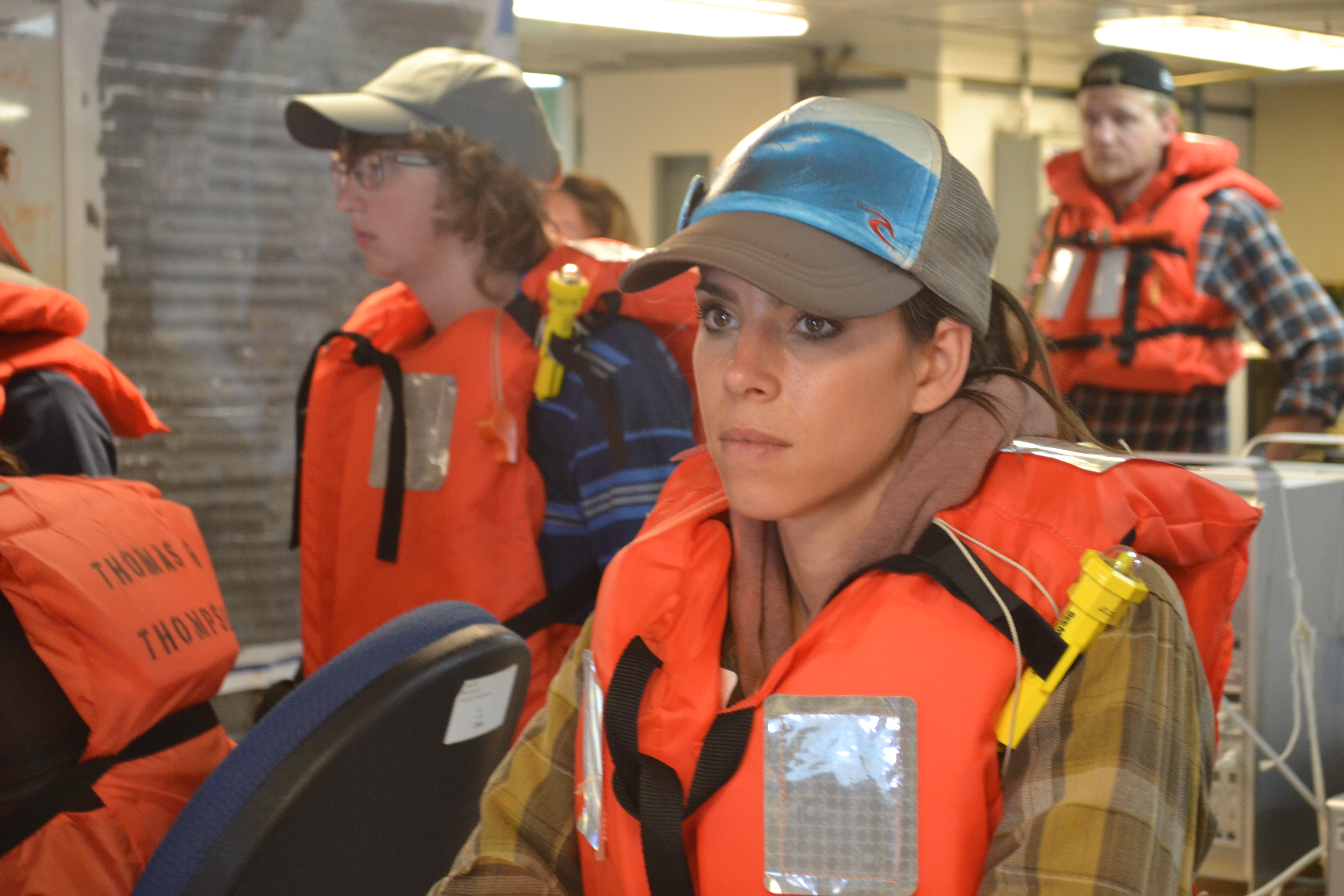





Tracie, enjoying the deck work aboard the R/V Thompson during Leg 2 of the VISIONS'15 cruise. Credit: Quae Atwood, Western Washington University; V15.

THe UW Applied Physics Lab team brings in the Deep Profiler off of the mooring cable and onto the R/V Thompson during Leg 2 of the Cabled Array VISIONS'15 cruise. Credit: University of Washington; V15.

Eric Boget from the Applied Physics Lab and Brian Clampitt from the R/V Thompson work to bring teh anchor for the Deep Profiler Mooring onboard during Leg 2 of the VISIONS'15 cruise. Credit: University of Washington, V15.

The UW Applied Physics Lab team and the R/V Thompson crew are about to pull in the mooring cable on the Deep Profiler Mooring at the Oregon Offshore site. Credit: University of Washington, V15.

Old Neptunea snail egg casings are capped by small anemones at the bubble plume site. Credit: NSF-OOI/UW/ISS; V15.

The ROV ROPOS hosts multiple cameras that include the Zeus Plus and Mini Zeus from Insite Pacific, a pilot cam, and a digital still camera that are lit by both HMI's as well as an assortment of LED's. All imagery and data are fed in live to the control room onboard the R/V Thompson. Credit: Alex Jamshedi, Western Washington University; V15.

Alex and Quae from Western Washington University stand near the bow of the R/V Thompson as it transits offshore for the beginning of Leg 2 of the VISIONS'15 expedition. Credit: Mitch Elend, University of Washington; V15.

Quae Atwood, from Western Washington University, onboard the R/V Thompson during Leg 2 of the VISIONS'15 expedition. Credit: Tracie Barry, Grays Harbor College; V15.

Joe Kalisch from Grays Harbor College, onboard the R/V Thompson during Leg 2 of the VISIONS'15 expedition. Credit: Tracie Barry, Grays Harbor College; V15.

The Deep Profiler installed July 22, 2015 at the Slope Base site is caught profiling at a water depth of 2775 m beneath the ocean's surface on the mooring cable during ROPOS Dive R1855. Credit: NSF-OOI/UW/CSSF; V15.

The instrumented Deep Profiler is about to be attached to the mooring cable at the Slope Base Site (water depth 2900 m) during Leg 2 of the NSF-OOI-UW VISIONS'15 expedition aboard the R/V Thompson. Credit: Mitch Elend, University of Washington, V15.

Tim McGinnis from the UW Applied Physics Laboratory prepares the docking station for the Slope Base Deep Profiler that was installed during Leg 2 of the NSF-OOI-UW Cabled Array VISIONS'15 cruise. Credit: Mitch Elend, University of Washington, V15.

Yellow "hard hats" encase glass floatation spheres that top the infrastructure on the Deep Profiler Morrings. These spheres were being installed from the fantail of the R/V Thompson as part of the Slope Base Mooring during Leg 2 of the NSF-OOI-UW Cabled Array VISIONS'15 crusie. Credit: Mitch Elend, University of Washington. V15.

The Deep Profiler Float from the Slope Base site being installed off the fantail of the R/V Thompson during Leg 2 of the OOI-NSF- Cabled Array VISIONS'15 cruise. Eric Boget from the UW Applied Physcis lab leads the deck operations. Credit: Mitch Elend, University of Washington; V15.

Setting sun on viewed from the R/V Thompson. Credit: Krista Nunnally, University of Washington V15

The top of the Deep Profiler mooring at the Slope Base site is marked by a large syntactic foam float. This was installed during Leg 2 of the NSF-OOI-UW Cabled Array VISIONS'15 expedition. Credit: NSF-OOI/UW/ISS; V15 - ROPOS Dive R1855.

APL team wrapping yale grips to relieve tension on deployed mooring cable. Leg 2 Visions’15 expedition: Credit: Lauren Kowalski, University of Washington, V15.

A beautiful sunset on Leg 2 of the VISIONS'15 expedition. Credit: Lauren Kowalski, University of Washington, V15.

Julian onboard the R/V Thompson at the beginning of Leg 2 of the VISIONS'15 cruise. Credit: Jess Noe, University of Washington; V15.

Juliana Pesavento

Grays Harbor College undergraduate, Joe Kalisch, onboard the R/V Thompson during the VISIONS'15 cruise. Credit: Mitch Elend, University of Washington; V15.

The HPIES instrument at 2900 m water depth as it is about to be recovered by the ROV ROPOS during Leg 2 of the VISIONS'15 expedition. Credit: NSF-OOI/UW/ISS; V15.

The bow lines are released from the dock...freeing the R/V Thompson to continue her seaward journey. Credit: Mitch Elend, University of Washington; V15.

Tracie intent on taking in the first fire and safety meeting onboard the R/V Thompson during Leg 2 of the VISIONS'15 expedition. Credit: Mitch Elend, University of Washington; V15.

The ROV ROPOS places bags of pea gravel around the broadband seismometer to decrease "noise" from currents etc. Credit: UW/NSF-OOI/CSSF, V15.

Deb Kelley and John Delany relaxing during a break during the Leg 1-Leg 2 port call in Newport, Oregon. Credit: Mitch Elend, University of Washington.

A velella velella jellyfish brought onboard during Leg 1 of the VISIONS'15 cruise. Credit: Jessie Hild, University of Washington, V15.

UW School of Oceanography students, Katie Bigham and Jesse Turner, ponder Neptunea snail egg stalks from Southern Hydrate Ridge during Leg 1 of the VISIONS'15 cruise. Credit: Mitch Elend, University of Washington, V15.
- Anemone
- Animal
- Arthropod
- ASHES
- Axial
- Axial Base
- Axial Biology
- Axial Caldera
- Bacteria
- Basalt Lava
- BEP
- Biofouling
- biolgoy
- Biology
- Camds
- Camera
- Camhd
- Central Caldera
- Ciliates
- Cnidaria
- Coastal Biology
- Crab
- Deep Profiler Mooring
- Dive Highlights
- Eastern Caldera
- Echinoderms
- Endurance Array
- Engineering Team
- ENLIGHTEN 10
- Exploratorium
- Fish
- Geology
- HD Camera
- HPIES
- Hydrate Ridge
- Hydrates
- Hydrophone
- Hydrothermal Vents
- Illustration
- Inshore 80 Meters
- Instrument
- International District
- J-BOX
- Jason
- Jellyfish
- Junction Box
- K12
- Lava
- Mollusk
- Moorings
- Nodes
- Nudibranch
- Octopus
- OOI
- Oregon Offshore
- Oregon Offshore 600 m
- Oregon Shelf
- Oregon Slope Base
- People
- PN1B
- PN1D
- Polychaetes
- PPSDN
- Primary Node
- RASFL
- ROCLS
- ROPOS
- ROPOS Dives
- ROV Team
- RV Revelle
- RV Sikuliaq
- RV Thompson
- Salp
- Sample
- SC13
- Science Team
- Sea Cucumber
- Sea Star
- Sea Urchin
- Seafloor
- Seismometer
- Sensors
- Shallow Profiler Mooring
- Shark
- Shipboard
- Shore Station
- Slope Base
- Smoker
- Soft Coral
- Southern Hydrate Ridge
- Sponge
- Squid
- Students
- Students & Guest Participants
- Tmpsf
- Tubeworms
- VISIONS 11 Leg 1
- VISIONS 11 Leg 2
- VISIONS 11 Viewers
- VISIONS 13
- VISIONS 14
- VISIONS 15
- VISIONS 16
- VISIONS 17
- VISIONS 18
- VISIONS 20
- VISIONS 22
- VISIONS 23
- Visualization
